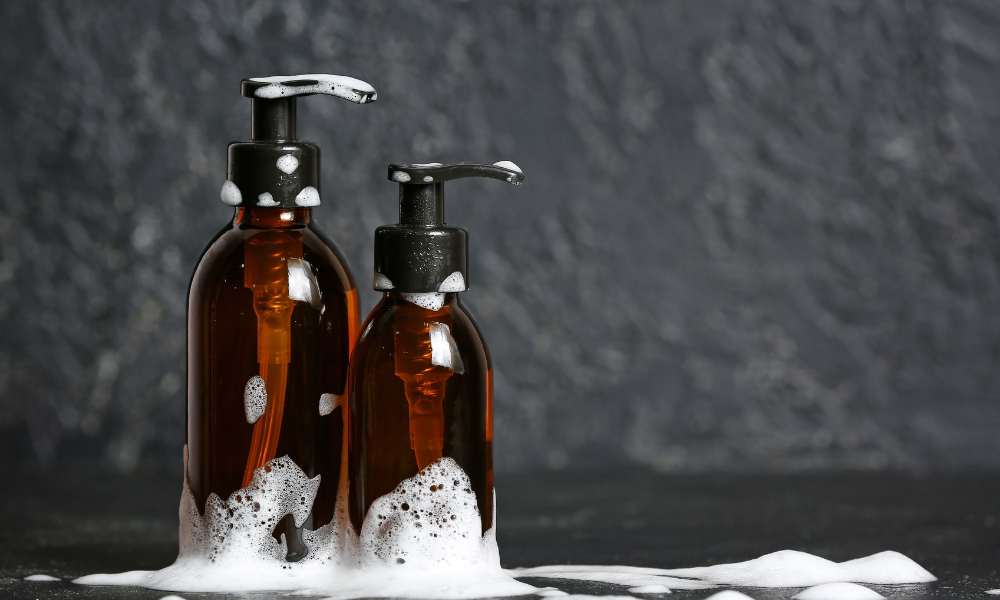Ever wondered how long that bottle of shampoo sitting in your bathroom shelf will last before it expires or loses its efficacy? The lifespan of shampoo is a common query among consumers striving to maximize their product usage while ensuring optimal hair care. Understanding the longevity of shampoo not only helps in managing household inventory efficiently but also contributes to maintaining hair health. In this article, we delve into the factors influencing the shelf life of shampoos, offering insights into storage practices and expiration indicators, to help you make informed decisions about your hair care routine.
Understanding Shampoo Shelf Life
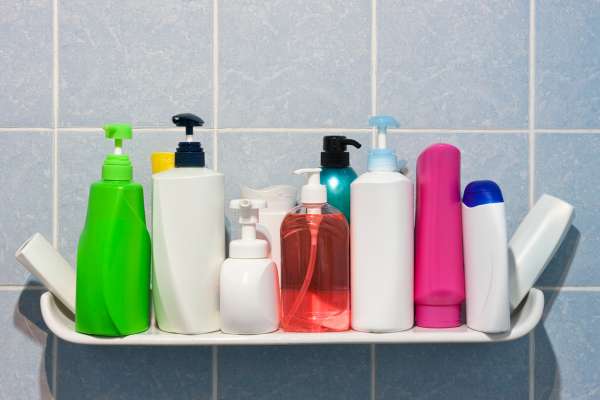
Understanding the shelf life of shampoo is crucial for ensuring the effectiveness and safety of the product over time. Shampoos, like many personal care items, come with a recommended period during which their optimal performance and safety are guaranteed. This duration, often referred to as the shelf life, is influenced by a combination of factors ranging from the formulation to the packaging and storage conditions. Recognizing the shelf life helps consumers make informed decisions about purchase quantities, storage practices, and when it might be time to replace a product. It also aids in preventing the potential negative effects of using a product that has degraded, such as reduced efficacy or irritation.
Factors Influencing Shampoo Shelf Life
1. Ingredients

Factors influencing the shelf life of shampoo are varied and significant. Among the most impactful is the composition of ingredients used in the shampoos. Ingredients play a pivotal role in determining the stability and longevity of these hair care products. For instance, shampoos containing natural ingredients or fewer preservatives may have a shorter shelf life compared to those formulated with more synthetic components and stabilizers. Natural ingredients, though preferred for their gentleness and environmental friendliness, can be more susceptible to microbial growth and oxidation, leading to a faster degradation of the product. Conversely, shampoos with synthetic preservatives are better equipped to withstand microbial contamination and maintain their integrity over a longer period. Understanding the ingredient profile of your shampoo can, therefore, provide valuable insight into its expected shelf life and how long you can expect to reap its benefits before it’s time for a replacement.
2. Packaging

The packaging of shampoo plays a crucial role in its shelf life, serving as the primary barrier between the product and external factors that could lead to its degradation. Innovations in packaging technology have led to designs that minimize exposure to air and light, both of which can accelerate the breakdown of certain ingredients. For example, opaque or dark bottles can protect light-sensitive compounds from UV damage, while airless pumps prevent oxygen from entering the container and reacting with the product. Moreover, the material of the packaging, whether plastic, glass, or biodegradable alternatives, can affect the product’s longevity by influencing its susceptibility to contamination and chemical stability. High-quality, durable packaging not only ensures the physical protection of the shampoo but also helps in preserving its efficacy and safety over time
3. Storage Conditions
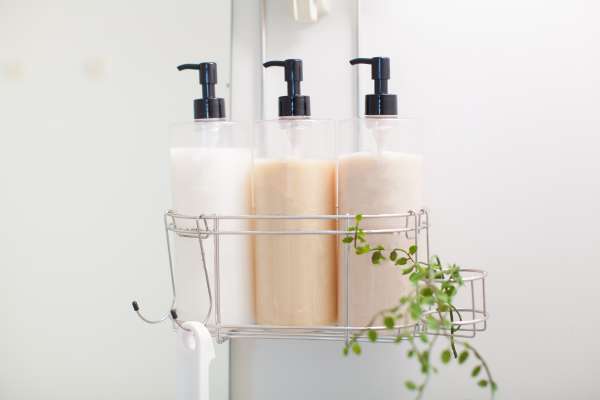
Storage conditions are equally critical in determining how long Shampoo Is Good For Hair Loss lasts. Even the best-packaged products can suffer if stored improperly. Temperature, humidity, and direct sunlight exposure are key factors that can impact the stability of shampoos. Ideal storage involves keeping the product in a cool, dry place away from direct heat or sunlight. Which can cause ingredients to degrade or the packaging to deteriorate. Excessive humidity can encourage the growth of mold and bacteria, especially in products with natural ingredients that are less resistant to microbial growth. Following the recommended storage guidelines can significantly extend the life of your shampoos. Ensuring that it remains safe and effective until the end of its intended shelf life. By paying attention to both packaging and storage conditions. Consumers can maximize the longevity and performance of their hair care products.
Reading The Label For Expiry Date
Reading the label for the expiry date is a fundamental step in ensuring the safety and efficacy of your shampoo. Manufacturers are required to provide either an expiration date or a period-after-opening (PAO) symbol on the packaging. Which serves as a guideline for how long the product remains effective and safe to use after it has been opened. The expiration date is straightforward, indicating the latest date by which the shampoos should be used. On the other hand, the PAO symbol, often represented by an opened jar icon followed by a number and the letter ‘M’ (e.g., 12M), indicates the number of months during which the product is at its optimal performance after first use.
Signs Your Shampoo Has Gone Bad
1. Change in Smell
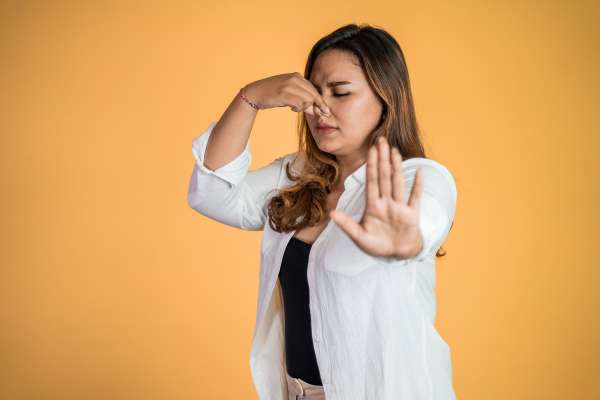
A noticeable change in the fragrance of your shampoo can be the first sign that it is no longer in its prime condition. Fresh shampoos typically has a pleasant, consistent aroma that reflects its ingredients. If you detect any off-putting, sour, or simply “off” smells. This is a strong indicator that the product has undergone chemical changes and may have been compromised. Such changes can result from the growth of bacteria or the degradation of the fragrance compounds. Which not only makes the product less pleasant to use but could also pose risks to your scalp health.
2. Change in Texture
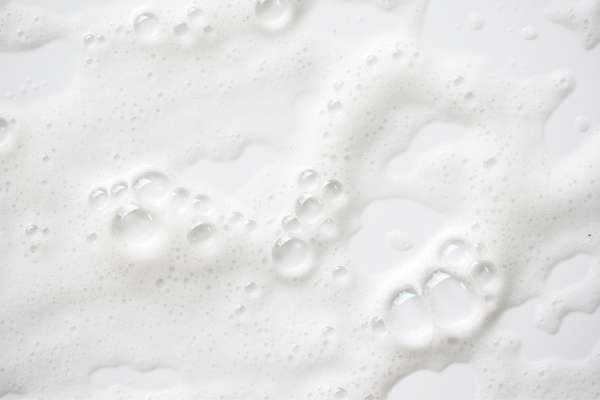
The consistency of your shampoo is designed to optimize its cleansing and conditioning performance. A significant change in texture—whether it becomes unusually thick, thin, lumpy, or separated—signals that. The product’s formulation has been altered from its intended state. These changes can affect the shampoo’s ability to lather, rinse. And provide the expected level of cleanliness and care to your hair and scalp. Texture alteration often occurs due to the breakdown of emulsifiers, which are ingredients that help maintain the stability of the product.
3. Change in Color
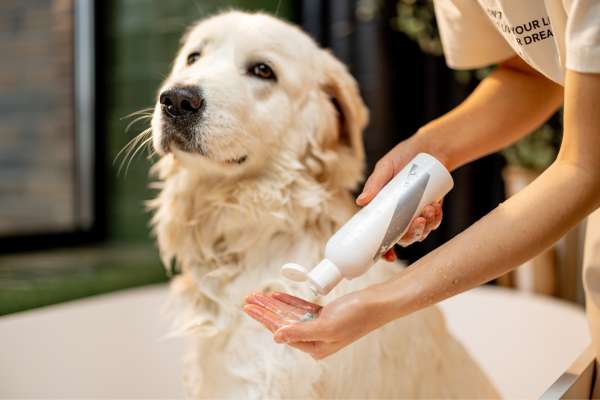
A visual indicator of shampoo degradation is a change in its color. Shampoos are carefully formulated to have an appealing and consistent color that remains stable over time. If you notice that the color has faded, darkened, or changed in any significant way, it’s a sign that the chemical stability of the product has been compromised. Color changes can be caused by exposure to light. Temperature variations, or interactions between ingredients that no longer maintain their integrity.
Best Practices For Shampoo Use
Best practices for shampoo use extend beyond simply selecting the right product for your hair type. It’s about maximizing the effectiveness of the product while ensuring its longevity. First and foremost, it’s essential to use the recommended amount of shampoo – usually. A quarter-sized dollop for most hair types – as using too much can lead to product waste and potential scalp buildup. Additionally, storing your shampoos in a cool, dry place away from direct sunlight can prevent degradation of its active ingredients. Regularly cleaning the bottle’s cap and neck can also prevent bacterial growth and product contamination. Lastly, paying attention to how your shampoos interact with your hair and scalp over time can help you notice any changes that might indicate it’s time to replace the bottle.
Can Expired Shampoo Still Be Used For Other Purposes?
The question of whether expired shampoos can still be used for other purposes is an interesting one. While it’s not advisable to use expired shampoo on your hair due to potential efficacy loss and safety concerns, there are alternative uses. For instance, expired shampoo can be repurposed as a cleaning agent for combs and brushes. Where its cleansing properties can help remove oil and product buildup. Some also use it for gentle cleaning tasks around the house, such as washing delicate fabrics or handwashing dishes. Where its mild formula can be effective yet gentle on surfaces.
Conclusion
Understanding the shelf life of shampoo and recognizing the signs of expiration are crucial steps. In ensuring the health and beauty of your hair. By adhering to best practices for shampoo use, consumers can not only extend the lifespan of their products but also maintain their effectiveness. Although expired shampoos should not be used on your hair. They can find new life in alternative uses around the home. Emphasizing the importance of mindful consumption and waste reduction. Ultimately, a well-informed approach to selecting and using shampoo can contribute significantly to both personal care and environmental sustainability.
